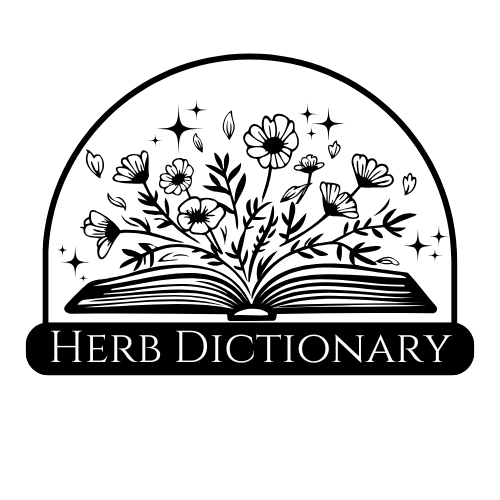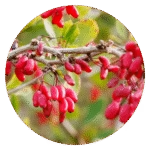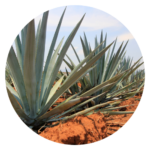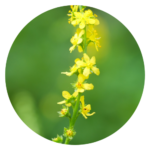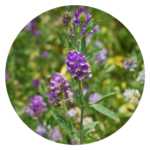Preparing & Taking Herbs
Herbs are a powerful tool for enhancing wellness, and they can be used in various forms to suit individual preferences and needs. Whether you’re looking for a soothing tea, a concentrated tincture, or a flavorful culinary addition, there’s an herbal preparation for everyone. Here’s a breakdown of some popular methods for taking herbs, along with their benefits and considerations.
One of the most common ways to consume herbs is through teas and infusions. This method involves steeping the leaves, flowers, or roots of herbs in hot water, allowing their beneficial properties to be extracted.
Benefits: Herbal teas are gentle on the digestive system and can be soothing and hydrating. They also allow for quick absorption of the herb’s active compounds.
Considerations: The effectiveness can depend on the steeping time and temperature. For delicate herbs, a shorter steeping time may be best, while tougher roots may require longer infusion times.
Tinctures are concentrated liquid extracts made by soaking herbs in alcohol or vinegar. This method preserves the herb’s properties and creates a potent herbal remedy.
Benefits: Tinctures are easy to take, have a long shelf life, and offer a concentrated dose of the herb’s active ingredients. They are especially useful for those who may not enjoy the taste of herbal teas.
Considerations: The alcohol content may not be suitable for everyone, especially those avoiding alcohol for health or personal reasons. There are also alcohol-free tinctures available, made with vegetable glycerin.
Herbal capsules and tablets provide a convenient way to incorporate herbs into your routine without the need for preparation. These forms are made by encapsulating powdered herbs or compressing them into tablet form.
Benefits: Capsules and tablets are portable and easy to take, making them a popular choice for busy lifestyles. They also mask the taste of herbs, which can be a plus for some users.
Considerations: The effectiveness can vary depending on the quality of the herb and the manufacturing process. It’s essential to choose products from reputable brands that offer third-party testing.
Herbal powders can be added to smoothies, soups, or other dishes to boost nutritional content. Herbal extracts, on the other hand, are concentrated forms of herbs that can be used in various recipes.
Benefits: Powders offer a flexible way to incorporate herbs into your diet and can enhance flavors in cooking. They are particularly beneficial in smoothies or health bars.
Considerations: Some herbs may have a strong taste when used in powdered form, so it’s essential to balance them with other flavors.
Many herbs can also be used externally in the form of salves, oils, or poultices. This method is ideal for targeting specific skin issues or for muscle and joint pain relief.
Benefits: Topical applications can deliver the herb’s benefits directly to the skin, providing localized relief for conditions like inflammation, cuts, or irritations.
Considerations: Always perform a patch test to check for skin sensitivity or allergies before applying herbal preparations topically.
There are numerous ways to enjoy the benefits of herbs, from teas and tinctures to capsules and topical applications. Finding the right method for you may require some experimentation, but the potential health benefits are worth it. As you explore these options, remember to consider your personal preferences, lifestyle, and any health conditions that may influence your choices.
For more detailed information about the different ways to take herbs, consider taking a course at the HomeGrown Herbalist Online School of Botanical Medicine.
